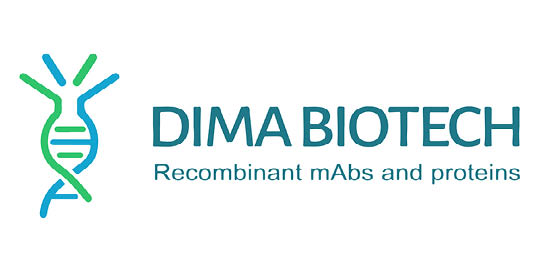Human BEST3-Strep full length protein-synthetic nanodisc
Human BEST3-Strep full length protein-synthetic nanodisc
Artikelnummer
DMAFLP120712-50
Verpackungseinheit
50 µg
Hersteller
DIMA Biotechnology
Verfügbarkeit:
wird geladen...
Preis wird geladen...
Background: BEST3 belongs to the bestrophin family of anion channels, which includes BEST1 (MIM 607854), the gene mutant in vitelliform macular dystrophy (VMD; MIM 153700), and 2 other BEST1-like genes, BEST2 (MIM 607335) and BEST4 (MIM 607336). Bestrophins are transmembrane (TM) proteins that share a homology region containing a high content of aromatic residues, including an invariant arg-phe-pro (RFP) motif. The bestrophin genes share a conserved gene structure, with almost identical sizes of the 8 RFP-TM domain-encoding exons and highly conserved exon-intron boundaries. Each of the 4 bestrophin genes has a unique 3-prime end of variable length (Stohr et al., 2002 [PubMed 12032738]; Tsunenari et al., 2003 [PubMed 12907679]).[supplied by OMIM, Mar 2008]
Description: Human BEST3-Strep full length protein-synthetic nanodisc
Molecular Weight: The human full length BEST3-Strep protein has a MW of 76.1 kDa
Protein Families: Ion Channels: Other
Protein Pathways: N/A
Storage & Shipping: Store at -20°C to -80°C for 12 months in lyophilized form. After reconstitution, if not intended for use within a month, aliquot and store at -80°C (Avoid repeated freezing and thawing). Lyophilized proteins are shipped at ambient temperature.
Tag: C-Flag&Strep Tag
Expression Host: HEK293
Formulation & Reconstitution: Lyophilized from nanodisc solubilization buffer (20 mM Tris-HCl, 150 mM NaCl, pH 8.0). Normally 5% – 8% trehalose is added as protectants before lyophilization. Please see Certificate of Analysis for specific instructions. Do not use solvents with a pH below 6.5 or those containing high concentrations of divalent metal ions (greater than 5 mM) in subsequent experiments.
Target: BEST3
Uniprot ID: Q8N1M1
Usage: Research use only
Description: Human BEST3-Strep full length protein-synthetic nanodisc
Molecular Weight: The human full length BEST3-Strep protein has a MW of 76.1 kDa
Protein Families: Ion Channels: Other
Protein Pathways: N/A
Storage & Shipping: Store at -20°C to -80°C for 12 months in lyophilized form. After reconstitution, if not intended for use within a month, aliquot and store at -80°C (Avoid repeated freezing and thawing). Lyophilized proteins are shipped at ambient temperature.
Tag: C-Flag&Strep Tag
Expression Host: HEK293
Formulation & Reconstitution: Lyophilized from nanodisc solubilization buffer (20 mM Tris-HCl, 150 mM NaCl, pH 8.0). Normally 5% – 8% trehalose is added as protectants before lyophilization. Please see Certificate of Analysis for specific instructions. Do not use solvents with a pH below 6.5 or those containing high concentrations of divalent metal ions (greater than 5 mM) in subsequent experiments.
Target: BEST3
Uniprot ID: Q8N1M1
Usage: Research use only

 English
English











